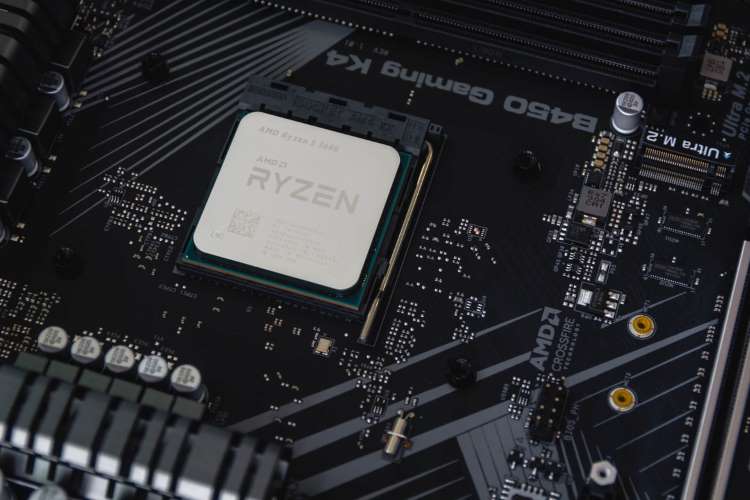A Union cabinet meeting on Wednesday chaired by Prime Minister Narendra Modi cleared a comprehensive programme to develop a sustainable semiconductor industry and display ecosystem in India. The programme has an outlay of Rs 76,000 crore ($10 billion) that will include incentives for electronic components, sub-assemblies, and finished goods.
Production-linked incentive support worth Rs 55,392 crore ($7.5 billion) will be offered to large electronics and IT hardware manufacturers. The programme will offer incentives to companies investing in silicon semiconductor fabs, display fabs, compound semiconductors, semiconductor packaging and semiconductor design.
The world is reeling under a semiconductor chip crunch that has affected a host of user industries including automobiles and consumer electronics. India has initiated discussions with Taiwan, the world leader in semiconductor industry, to set up manufacturing units.
READ I India, Taiwan can benefit from ICT industry partnership
The cabinet also cleared production-linked incentives to the tune of Rs 98,000 crore ($13 billion) for sectors such as ACC battery, auto components, telecom & networking products, solar PV modules and white goods. The schemes approved on Wednesday entail support amounting to Rs 2,30,000 crore ($30 billion) to make India as global hub for electronics manufacturing with semiconductor industry as foundation.
This is one of the largest initiatives under the vision of Aatmanirbhar Bharat. The programme is aimed at making India a world leader in electronics manufacturing and will pave the way for India’s technological leadership in strategically important industries. Digital transformation under Industry 4.0 will be driven by semiconductors and displays.
The complex and technology-intensive semiconductor industry needs heavy investment for long periods and involves high risk. The incentives announced by the government will go a long way to support new manufacturing units by offering capital support and technological collaborations.
READ I PLI Scheme: Is the electronics industry’s window of opportunity closing?
Semiconductor industry in focus
Semiconductor fabs and display fabs units will get 50% of the project cost as fiscal support. The government will work with state governments to establish industry clusters to provide land, water, power, logistics and research ecosystem to set up at least two greenfield semiconductor fabs and two display fabs in the country. The ministry of electronics and information technology will modernise and commercialise Semi-conductor Laboratory. MeitY will identify a commercial fab manufacturer to help SCL modernise its existing fab facility.
The scheme for compound Semiconductors, silicon photonics, sensors and semiconductor ATMP / OSAT units will offer 30% of capital expenditure as fiscal support to approved units. The government looks to build around 15 such units under the scheme. The design linked incentive scheme will extend incentives of up to 50% of expenditure and 6-4% of net sales for five years. It will support 100 domestic companies in semiconductor design.
India semiconductor mission has been set up to develop a sustainable semiconductors and display ecosystem. The mission, led by global experts, will be the nodal agency for the implementation of all schemes for the ecosystem.
READ I Green hydrogen prices will crash to $1 per kg by 2030: Study
While the latest move to announce governmental support is an ambitious one, the results may not match the expectations. The chip shortage that hit the industry exposed India’s negligible presence in the global electronic supply chain. The country is one of the largest importers of smartphones and electronic items. This is reflected India’s huge trade deficits with countries like China.
In 2017, India announced customs duty waiver on import of capital equipment for semiconductor facilities. The government invited expressions of interest from semiconductor fabrication companies in 2020 to set up shop in India. However, the move did not elicit much response. India suffered a major setback when chose Vietnam for setting up a production facility.
Taiwan has a stranglehold over the world semiconductor industry with 60% market share. Other major manufacturers are the United States and South Korea. India wants to grab a pie of this strategically important industry. India is home to a large number of semiconductor design units set up by global giants such as Intel, Samsung, AMD, and Nvidia, but had no success in the manufacturing of chips.

